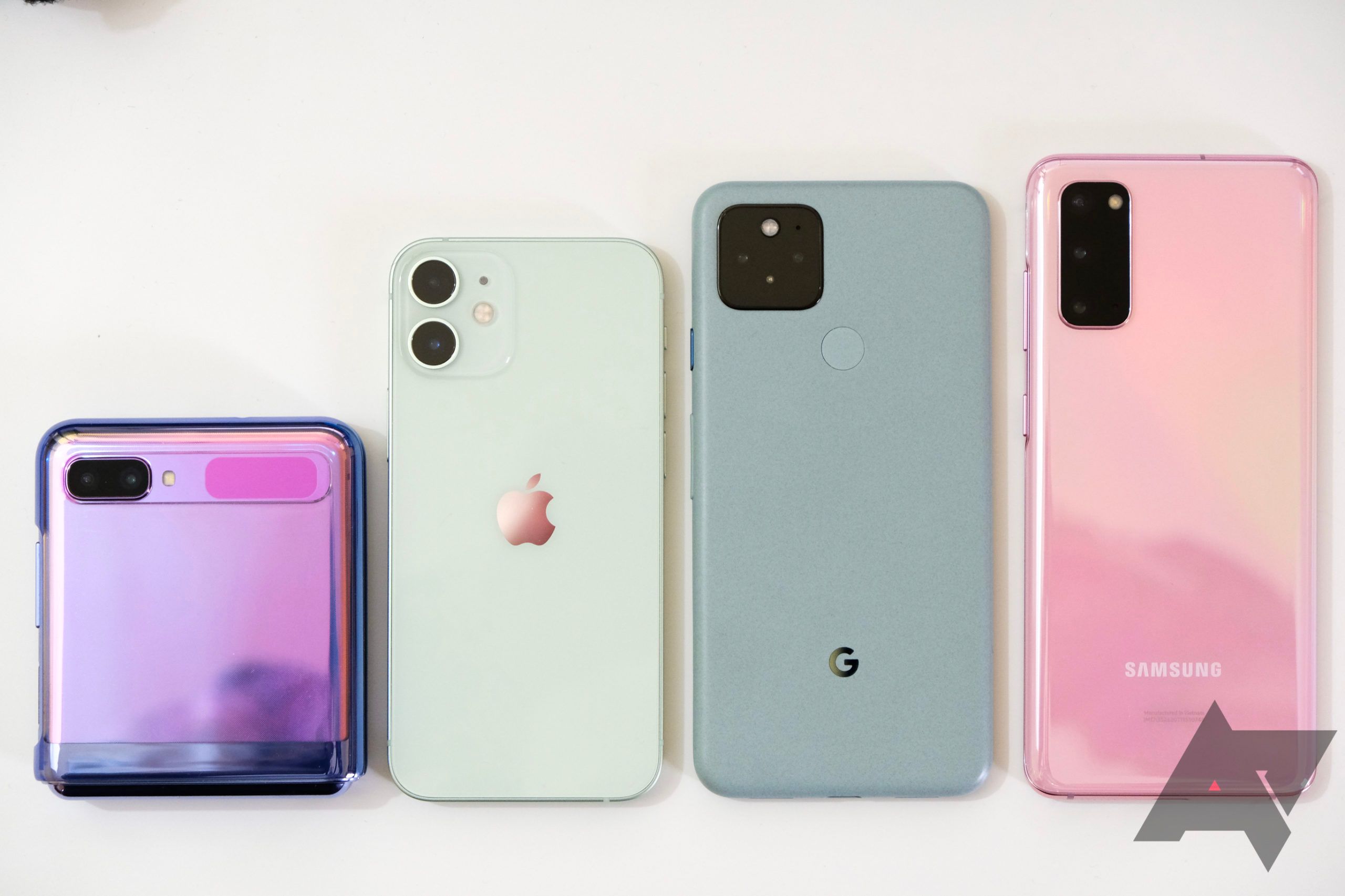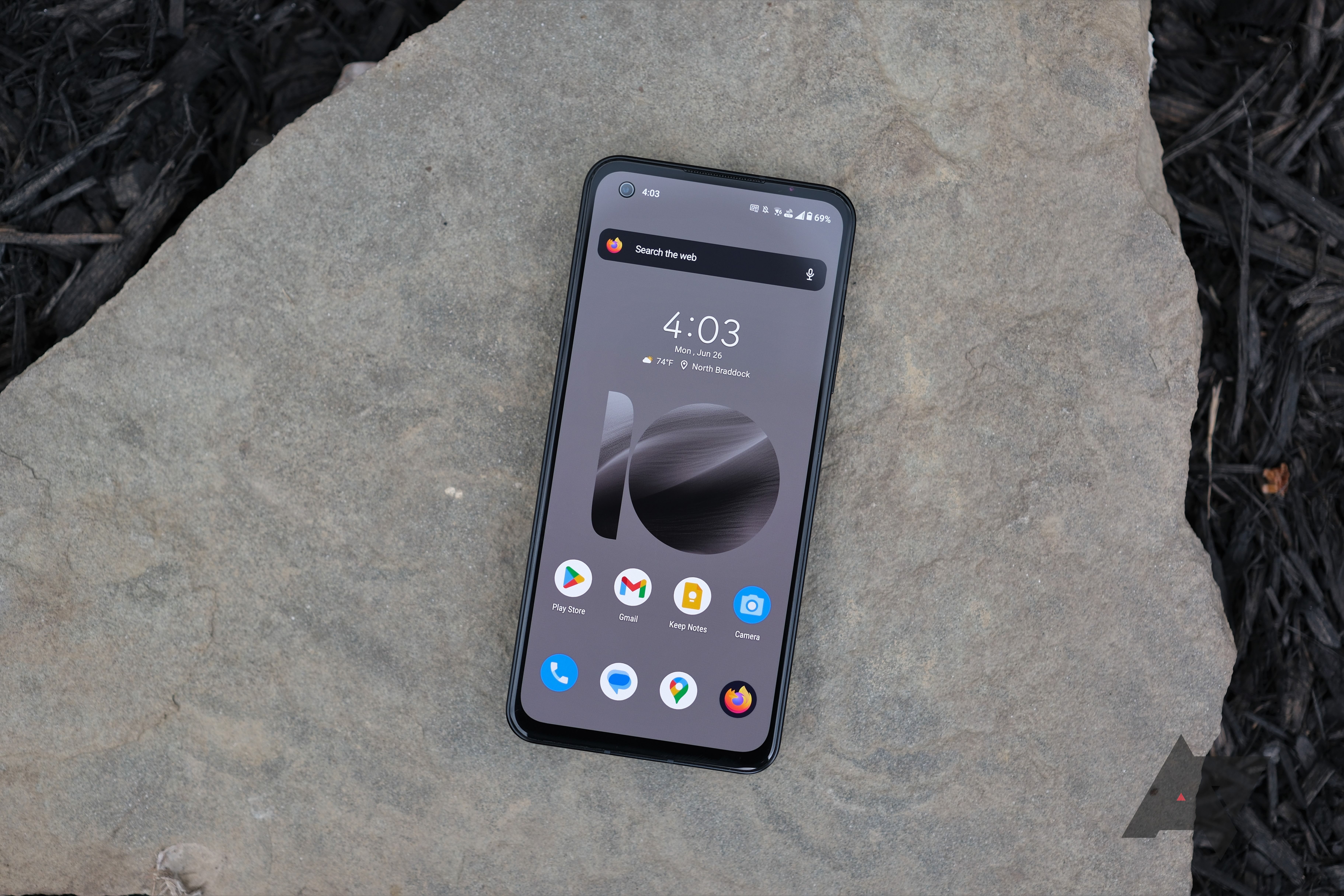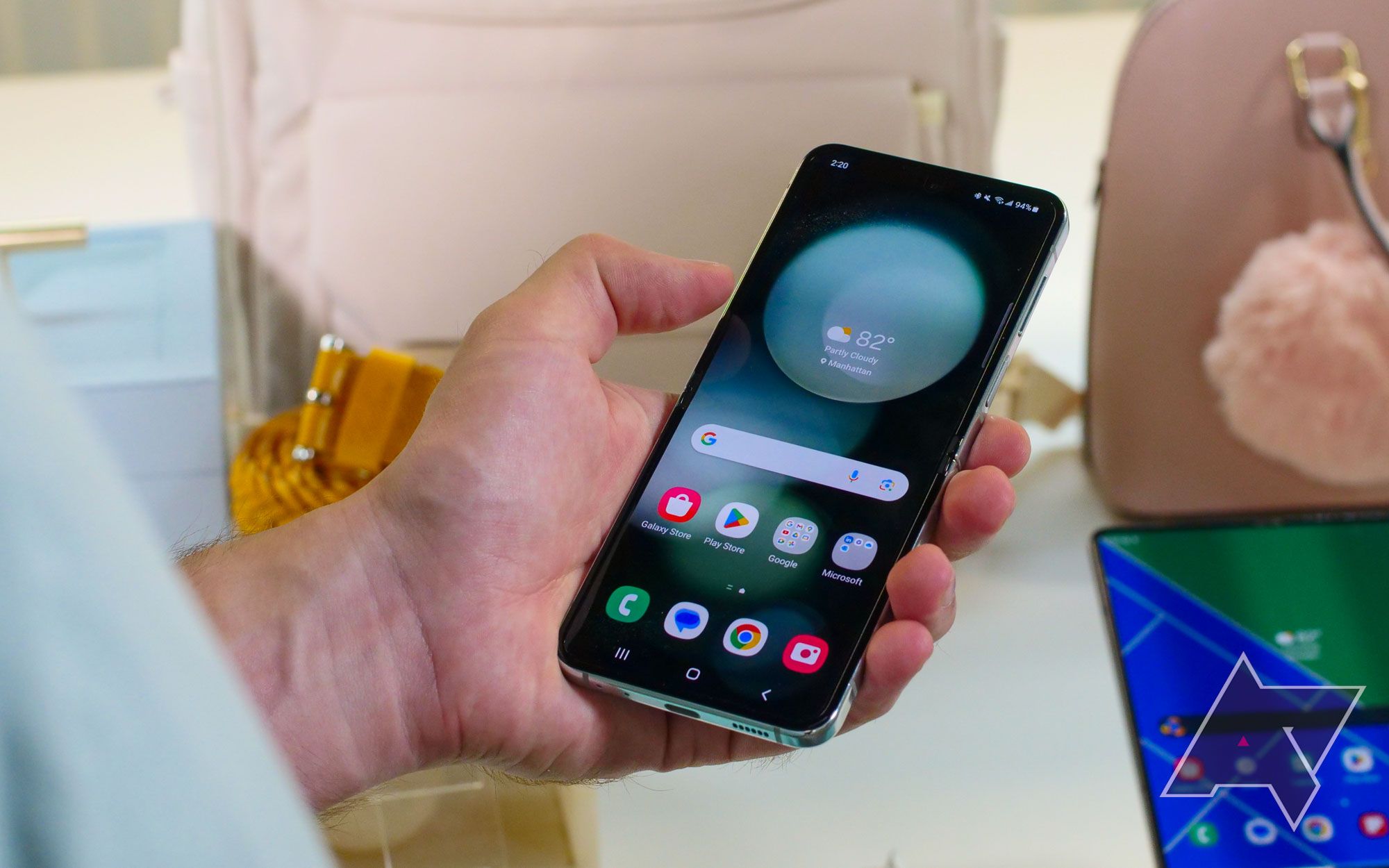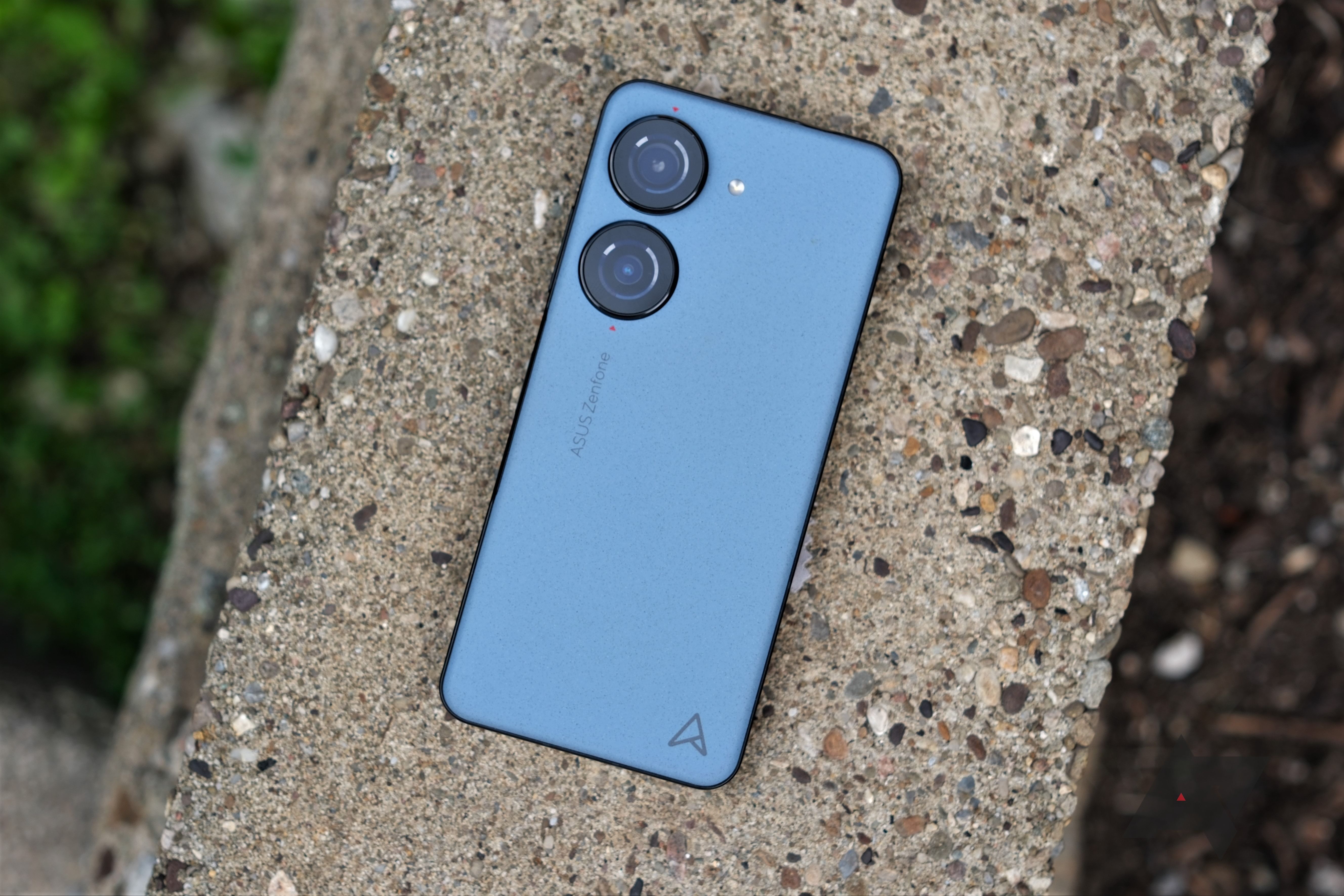It’s no secret that small phones are an endangered segment of the market. As we’ve come to understand over the last few years, it’s not a willingness problem, but an ability problem. Simply put, the demand for compact smartphones isn’t enough to justify OEMs investing in their development.
But I think I know of a potential solution, a way to cater to this segment of the market in a more profitable way — that’s where the problem lies, after all. The two main reasons small phones are such a difficult product category are a lack of economies of scale and physical constraints that hamper the user experience. But with the right combination of ideas, there might be proper demand for this sort of device. Here’s how.
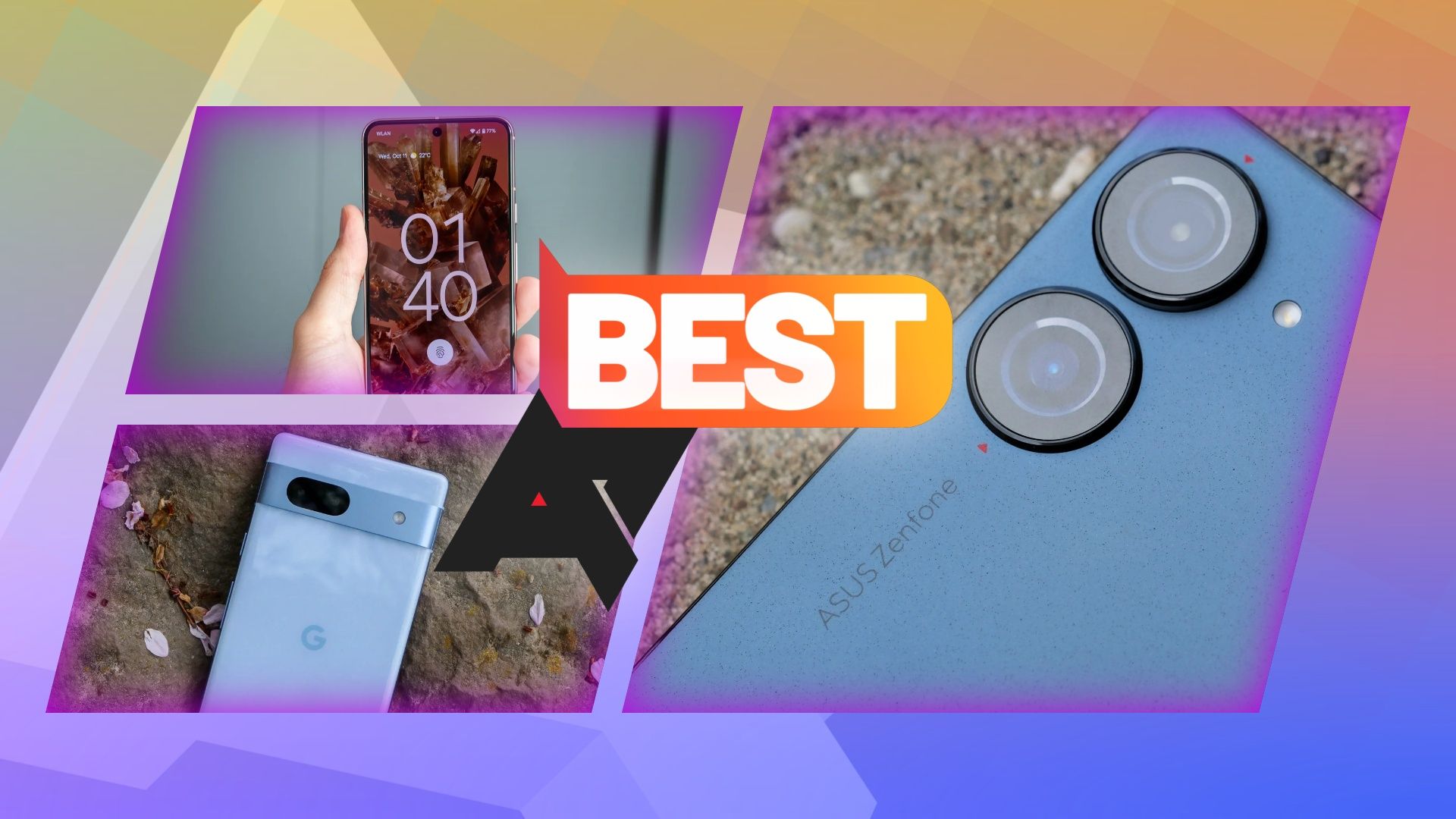
Related
Best small phones in 2024
These small phones are bucking the trend in a world full of phablets
A masterclass in product management
The desired experience
Let’s define what a compact phone should actually offer. In this age of giant screens, consumers can only hope for a device where they can reach all four corners of the screen. The closest we’ve come to this in recent years are relatively small phones that are narrow enough to allow for complete horizontal reachability via the thumb, and a reasonable amount of vertical screen real estate, with gestures making up for the rest.
Smaller screens? Yes! Shorter screens? Not quite.
As a corollary, being able to reach the top corners of the screen is quite difficult — something you’d need a really short phone with an old-school aspect ratio for. Personally, I am not sure if I like the sound of that. Furthermore, since most of what we do on our phones is based around vertical scrolling, going shorter on the Y-axis would potentially make using the phone worse.
A special screen
So what’s my point? We need to give ultra-tall 21:9 displays another thought, especially those that span about 6-inches diagonally. Such a panel would enable the phone to be less than 70mm wide, which is the sweet spot (but extremely rare) for comfortably reaching the top of the screen.
Apart from multitasking, there are other advantages of such an aspect ratio. Movies and some more prestige-focused TV shows are shot in 21:9, and some games would benefit from the extra width by having the controls on the sides without covering the center of the frame. The same would apply to taking photos or videos, since the camera controls wouldn’t cover the viewfinder.
From the current crop of smartphones available, the Sony Xperia 10 VI — which, as with the Xperia 1 VI, isn’t coming to the US — comes the closest in terms of the physical dimensions of the screen.
An extreme version of this that never saw the light of day was the Essential Gem phone, an extremely narrow phone with a reimagined interface. I feel the experience of the design I’m suggesting would be closest to using just the cover display on a Samsung Galaxy Z Fold.
Bigger on the inside
A narrow phone would allow us to get most of the benefits of a compact device, but without many of its disadvantages. These mainly hinge on the fact that every component has to fight for its existence inside a phone, and better components are usually bigger.
For example, take a look at JerryRigEverything’s video above to see what the Asus Zenfone 10 looks like from the inside. While companies still have to be mindful of the internal design, it should be much simpler to do that on a phone that is compact on one axis than two.
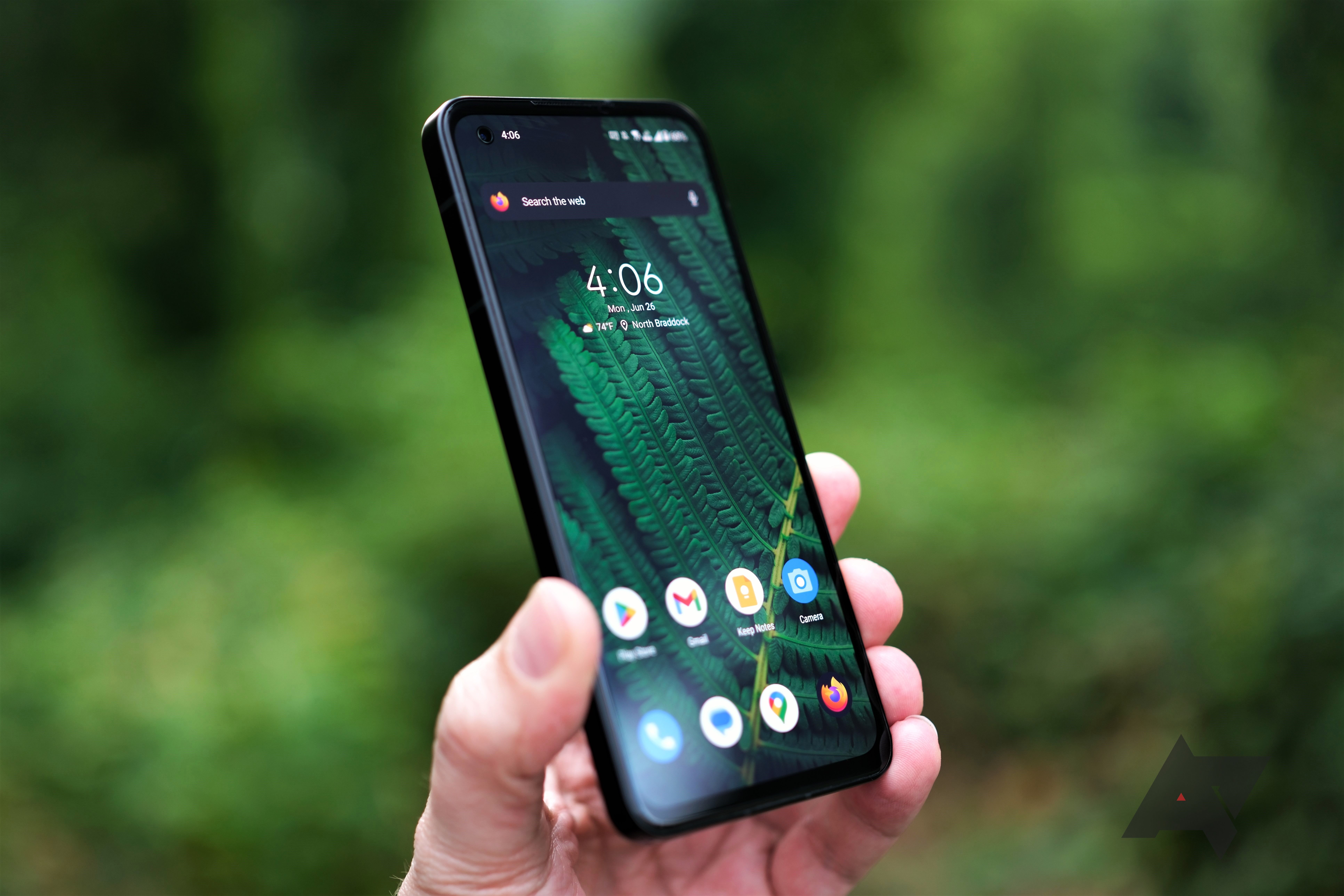
Related
Asus Zenfone 10 review: The last of the (good) small phones
Good things still come in small packages
In fact, most compact phones don’t need to be as thin as larger phones, since they’re inherently more ergonomic. This could be another way to get more internal space without greatly impacting the in-hand feel. It would be even better if we could curve the edge of the back panel.
But why is this important? Because the more standard parts we can use, the lower the overall bill of materials (BoM), thus decreasing the variable cost per unit. There would still be some trade-offs, of course, as this is not a standard-sized phone, and since the screen is a unique, low-volume component, it would be a sizable chunk of the BoM.
Cost reduction in every way
For OEMs that already have a flip phone in their portfolio, the same software could be used on this tall phone that I am suggesting, as they have a similar aspect ratio and also try to offer a proposition around compact ergonomics. With that, the software skin development costs for the new phone can be slashed significantly.
Furthermore, flip phones are also a good starting point to source some hardware from as they’re designed to keep size in mind. So, while their screens are a little bigger, the internal usable volume isn’t too different as some of the space has to be allocated to the hinge. The idea is to find ways to reduce the cost of every component. Using the same parts across multiple products will help us do that.
Why this small phones concept has merit
Working to hit every goal
If you’re aware of the Jobs-to-be-done framework of product management, understanding the needs of consumers goes a long way towards designing the ideal compact phone. Small phones enthusiasts are looking for a device that meets the following criteria:
- More ergonomic and easier to use with one hand
- No major user experience downgrades compared to larger phones
- Only a small price premium compared to devices with similar specs
It might sound like a gross oversimplification of the situation, but that’s exactly the raison d’être of compact phones. Following my suggestions above, though, we come close while being comparatively more profitable.
Of course, this is mostly a thought experiment instead of a business plan. The actual process of developing and launching products involves more steps than I can include here. But sometimes, it’s fun to push the boundaries of the status quo and see how far we can take it. Maybe it’ll give someone the motivation to do something new — like Sony with its rumored Xperia Pro-C.
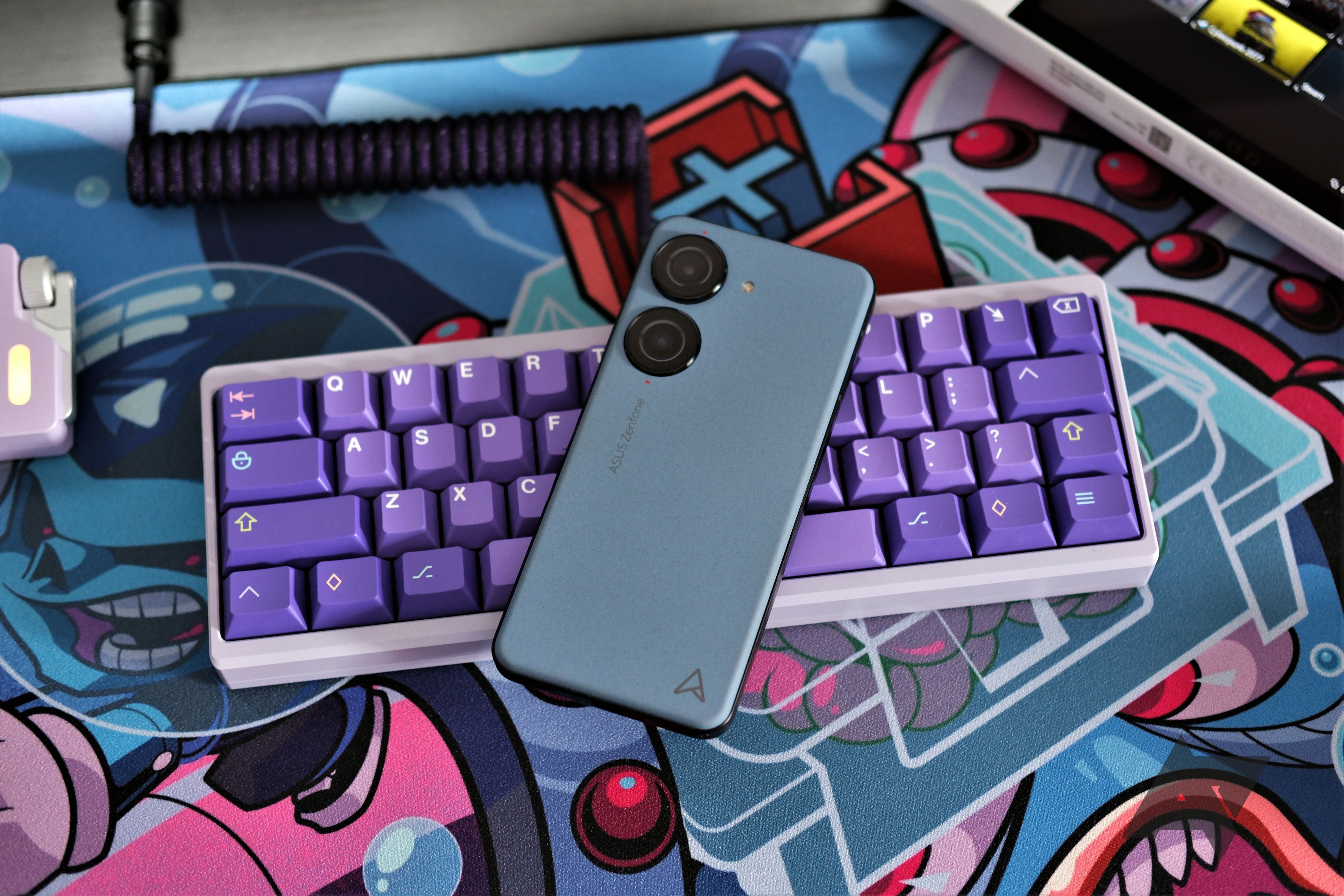
Related
Looking for a high-end compact phone? Your best bet might come from an unlikely source
Sony somehow has an even more niche phone in the pipeline
Source link

